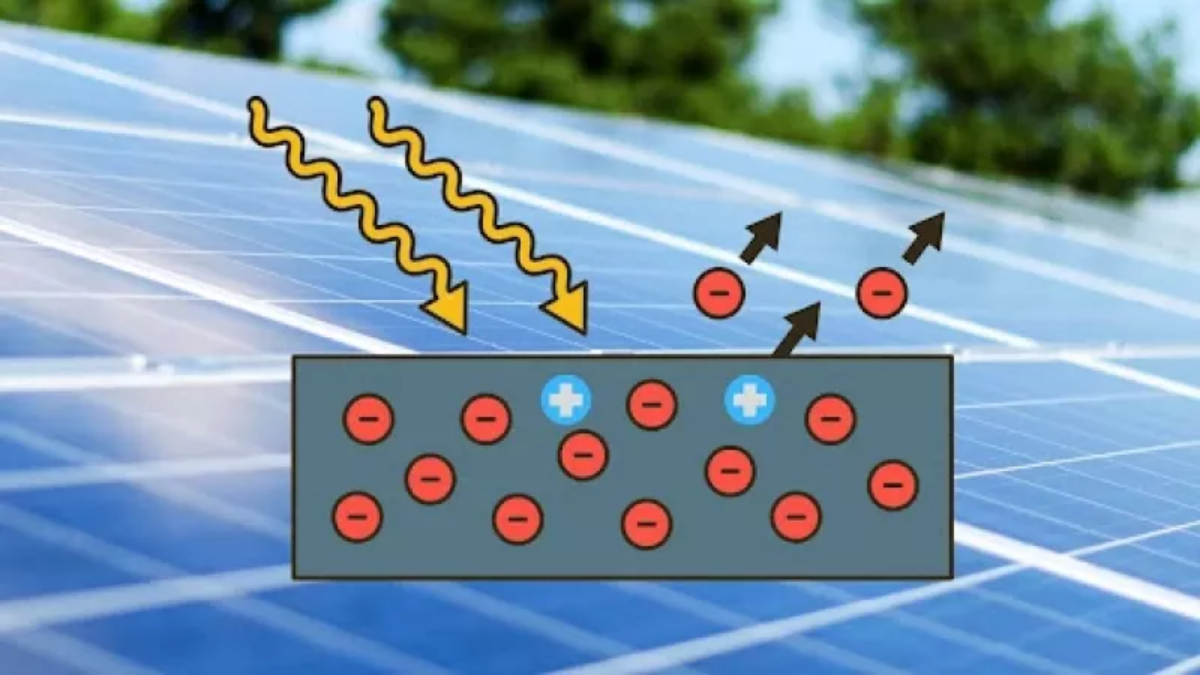Now Reading: Exploiting Imperfections: How Flaws in MoS2 Control Its Electronic Behaviour
-
01
Exploiting Imperfections: How Flaws in MoS2 Control Its Electronic Behaviour
Exploiting Imperfections: How Flaws in MoS2 Control Its Electronic Behaviour

In materials scienc, perfection is often the goal, but in the case of molybdenum disulfide (MoS2), imperfections are not just tolerated—they are actively exploited to tune its electronic properties. MoS2 is a two-dimensional (2D) semiconductor, and its behavior is dictated by its atomic structure. By introducing specific types of flaws, or defects, scientists can fundamentally alter how the material conducts electricity, opening doors for its use in next-generation electronics, catalysts, and sensors.
Understanding MoS2’s Pristine State
A flawless sheet of MoS2 is a layered material where a sheet of molybdenum atoms is sandwiched between two sheets of sulfur atoms. This structure gives it a direct bandgap, meaning electrons can jump from the valence band to the conduction band with ease when a specific amount of energy (light) is absorbed. This property makes it an excellent candidate for optoelectronics, such as LEDs and photodetectors. However, in its pristine form, its electrical conductivity is relatively low. This is where imperfections come into play.
Types of Imperfections and Their Impact
Imperfections in MoS2 can be categorized into several types, each with a distinct influence on the material’s electronic behavior:
- Vacancies: These are missing atoms, either a sulfur atom (S-vacancy) or a molybdenum atom (Mo-vacancy). A sulfur vacancy is the most common type and acts as an n-type dopant, donating an electron to the material, thus increasing its conductivity. A molybdenum vacancy, being more complex, can create multiple dangling bonds, significantly altering the electronic structure and often leading to localized magnetic moments.
- Substitutional Defects: This occurs when an atom in the lattice is replaced by an atom of a different element. For example, replacing a sulfur atom with a selenium atom can subtly change the bandgap, allowing for fine-tuning of its optical properties.
- Grain Boundaries: In real-world, non-monocrystalline MoS2 films, different crystal domains meet at grain boundaries. These boundaries are regions of disorder that can act as pathways for charge carriers, or conversely, as scattering centers that impede electron flow, depending on their structure. Scientists are actively researching how to control these boundaries to create new functionalities.
- Edge Defects: The edges of a MoS2 flake are inherently defective, with exposed Mo or S atoms. These edges are highly reactive and are known to be catalytically active. The electronic states at these edges can be very different from the bulk material, making them crucial for applications in catalysis and hydrogen evolution reactions.
Harnessing Imperfections for Technological Advancement
By intentionally introducing and controlling these flaws, researchers are unlocking new possibilities:
- Enhanced Catalysis: The defect-rich edges and vacancies in MoS2 are fantastic sites for catalytic reactions. For example, the hydrogen evolution reaction (HER), a key step in producing clean hydrogen fuel, is greatly accelerated at the edge sites of MoS2. Scientists are developing methods to maximize these active sites to improve catalytic efficiency.
- Tailored Electronics: For transistors and other electronic components, the ability to control a material’s conductivity is paramount. By using methods like ion bombardment or plasma treatment, scientists can introduce sulfur vacancies in a controlled manner, effectively “doping” the MoS2 to create highly conductive channels, essential for high-performance devices.
- Advanced Sensors: Defects can act as highly sensitive binding sites for specific molecules. This makes defect-engineered MoS2 an excellent candidate for gas sensors and biosensors, where the binding of a target molecule to a defect site causes a measurable change in the material’s electrical resistance.
In essence, the “imperfections” in MoS2 are not flaws to be eliminated, but rather design elements to be manipulated. This paradigm shift from seeking perfection to embracing and controlling disorder is at the heart of modern materials science, and in the case of MoS2, it’s proving to be a highly effective strategy for creating materials with unprecedented functionalities.







